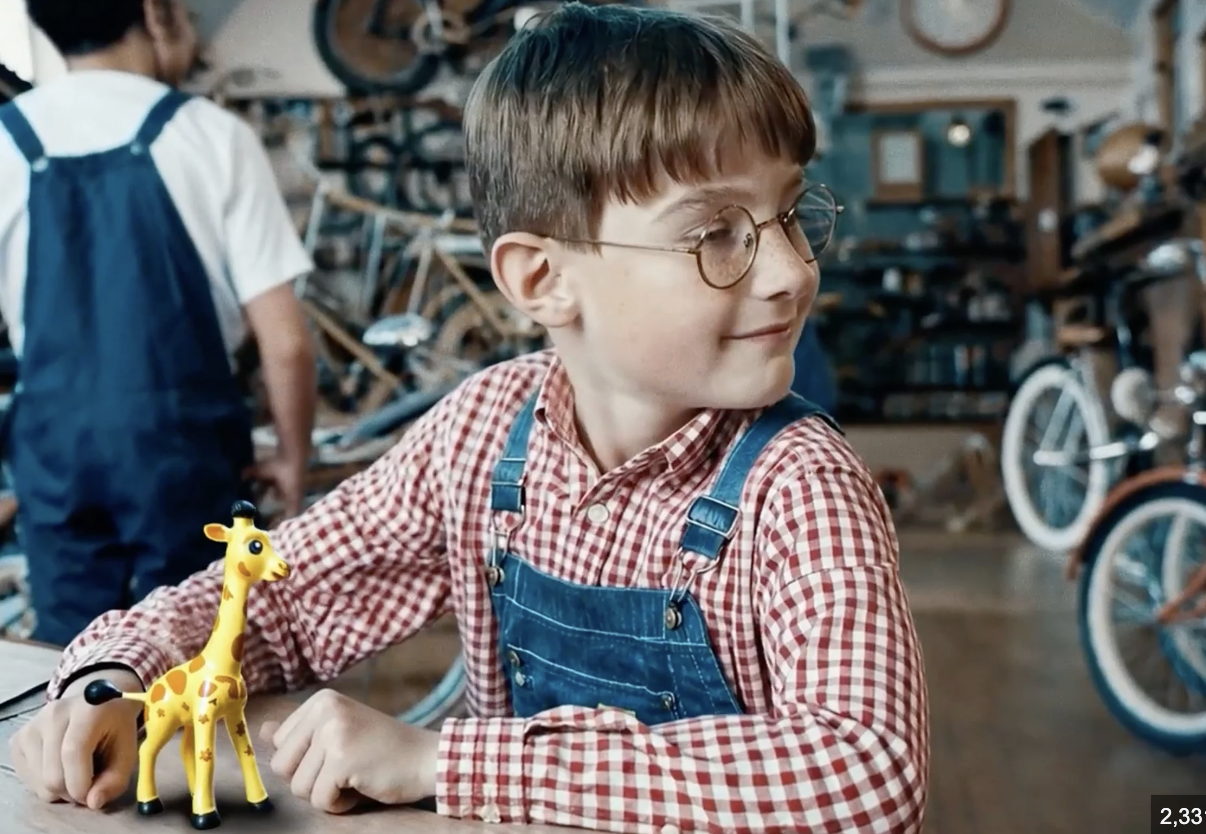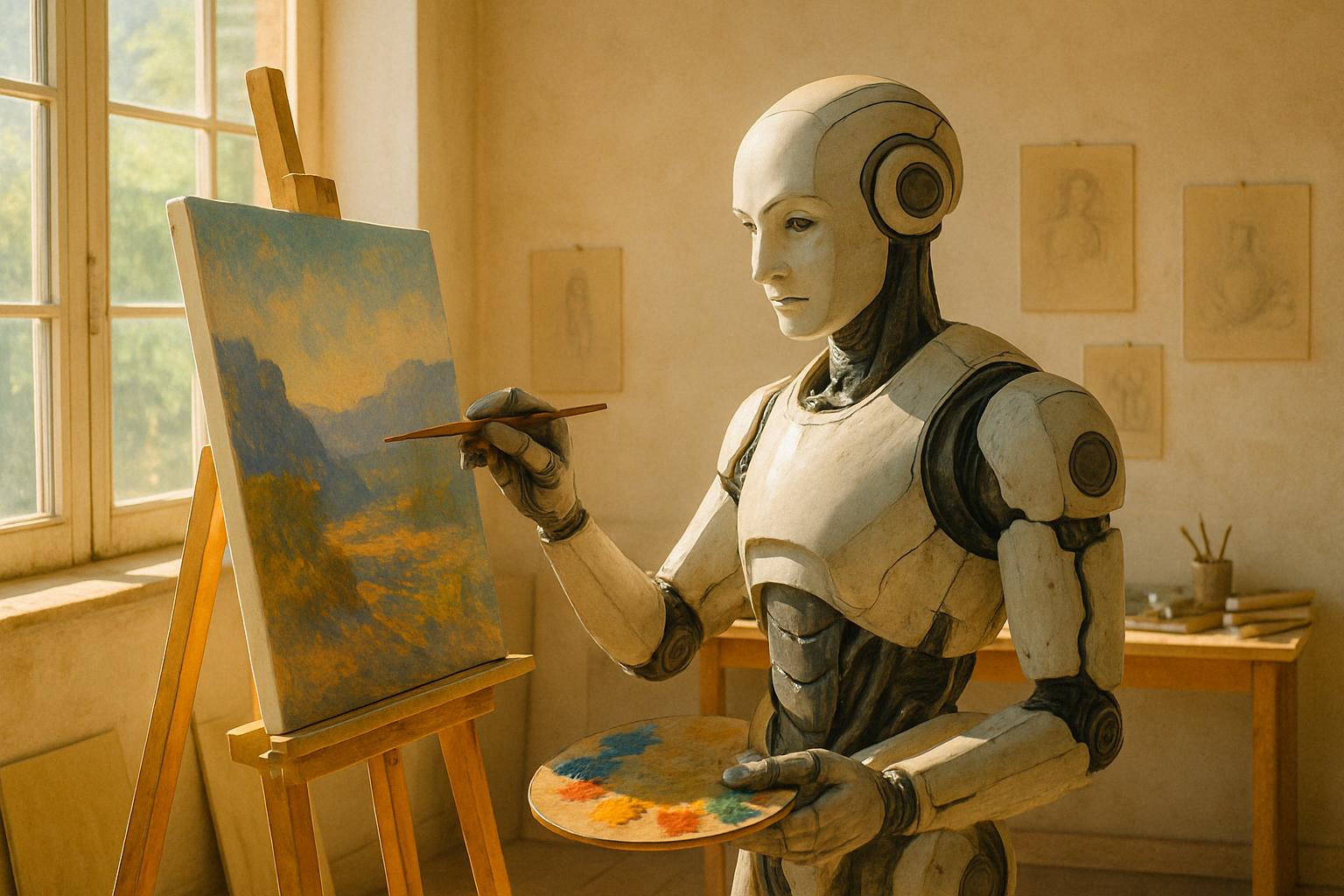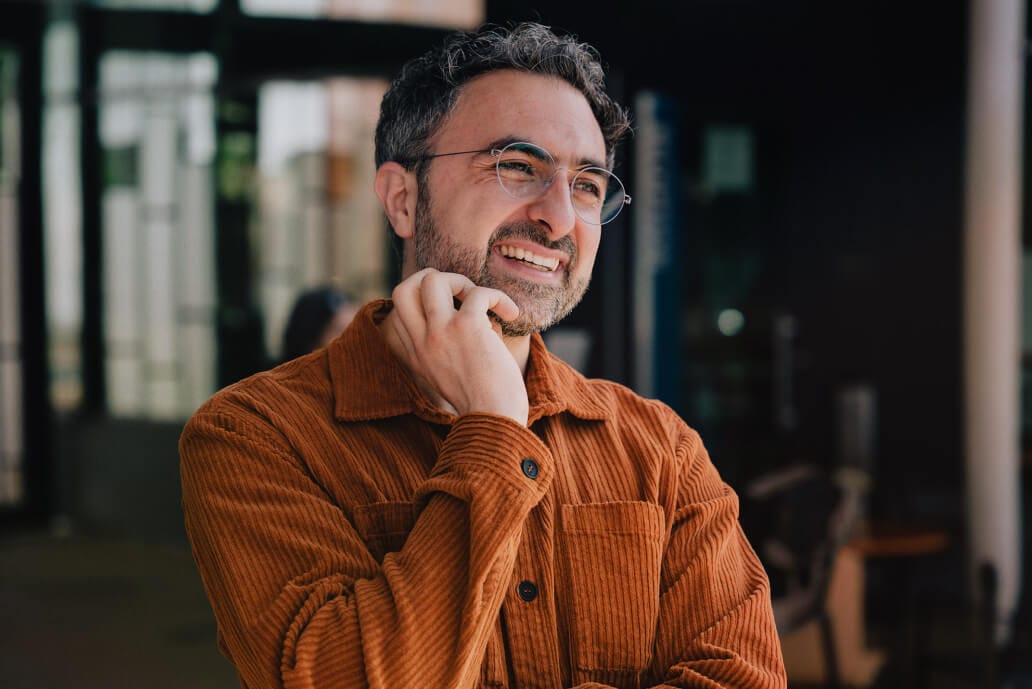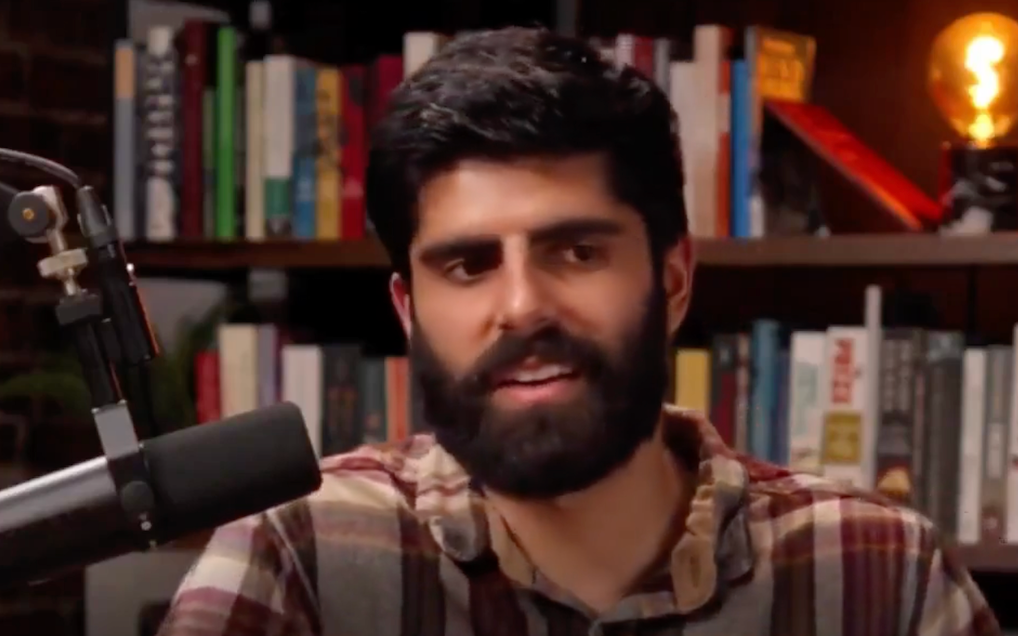“I want AI to do my laundry and dishes so that I can do art and writing, not for AI to do my art and writing so that I can do my laundry and dishes.” ~ Joanna Maciejewska
We recently saw this meme go viral. That shouldn’t surprise anyone.
Artists often face the challenge of adapting to changing trends and emerging markets in art and music. As conventional methods become outdated, new forms of artistic expression gain prominence. In this evolving landscape, artists can feel a sense of loss and longing for the past, described by Nobel Laureate Albert Camus in his famous speech as a feeling of martyrdom. They may find themselves nostalgic for earlier times when art was created differently, advocating for the old ways even as they navigate the demands of the contemporary art world.
The second challenge that tech advances like AI introduce is the sort of devaluation of works of art. The generative nature of AI is able to construct “art” that is something of a fusion of the masterworks in literature, music, and the visual arts. Give the consumer what the consumer wants, analyze consumption, and produce more of the same at a faster rate. This leads to the sacredness of art devolving into the profane realm of entertainment.
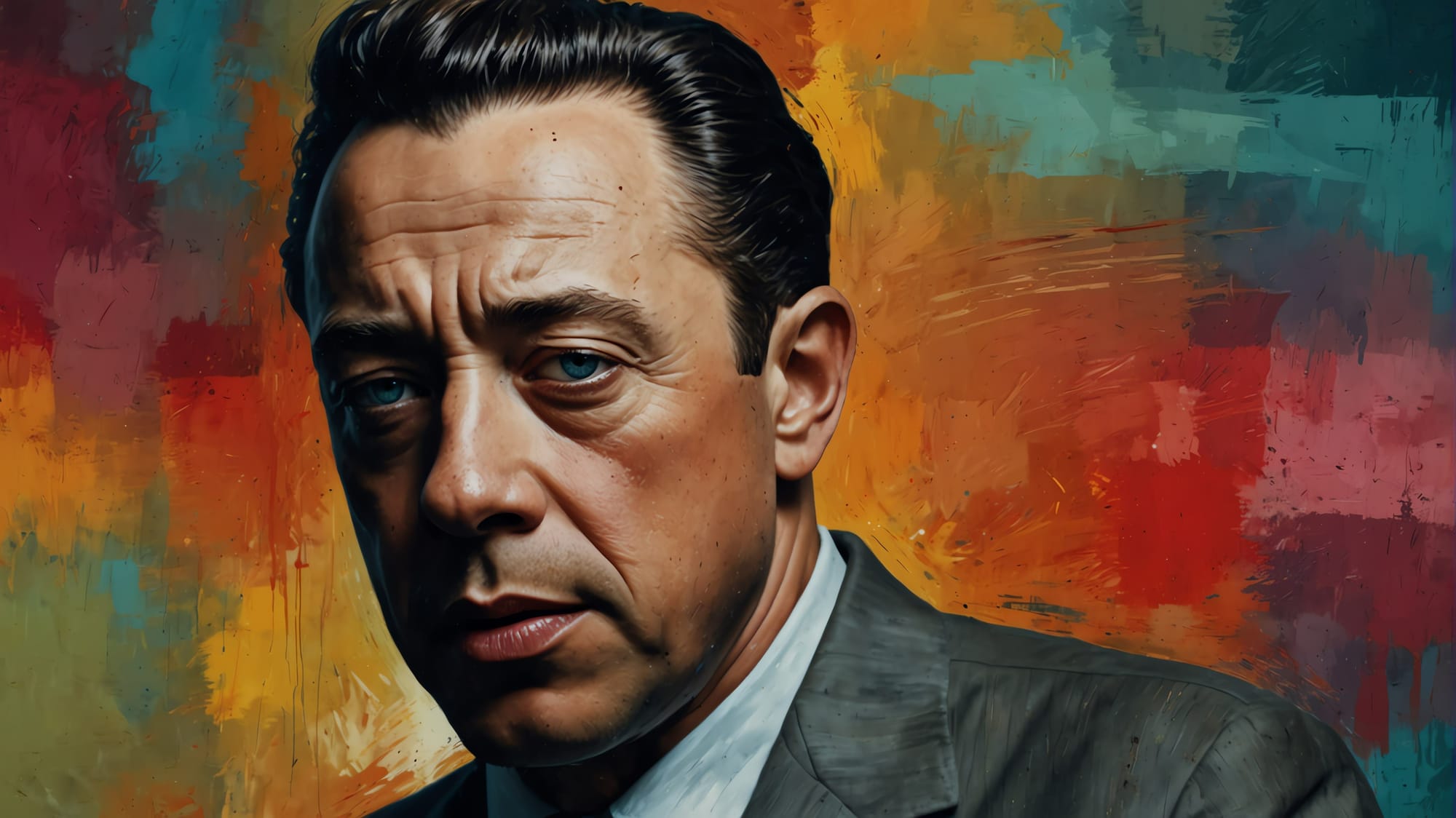
The third challenge that a technological advance like AI introduces is the democratization of the creation of art. No longer does one need to be blessed with talent or go to the ends of the earth to acquire skills in order to create great works of art. Due to a large number of what I call “clumsy inventions,” i.e., crude innovation that dilutes skills and talent, art corrupts the many, elevating them to pseudo-artists. Today the great fame of an author consists of being admired or detested on social media platforms without ever being read.
How then should one approach the creation of art in this new age of AI? To begin with, artists, creators, and innovators have always faced and will always face what I call the “ontic threat,” which is a play on the word “ontology,” the metaphysics of being. This is explored in much detail in existential philosophy. An existential threat is the possibility of being cut off from creative participation in the sphere of culture by becoming irrelevant, being cast into oblivion, and ultimately, succumbing to death.
No one has written more about this than the Danish philosopher, Soren Kierkegaard. He calls this threat a vertigo-inducing, ever-present anxiety in the life of every human. This anxiety-producing threat is present in all artists, and the great artists felt it in forms of self-doubt, the longing for recognition, and so on.
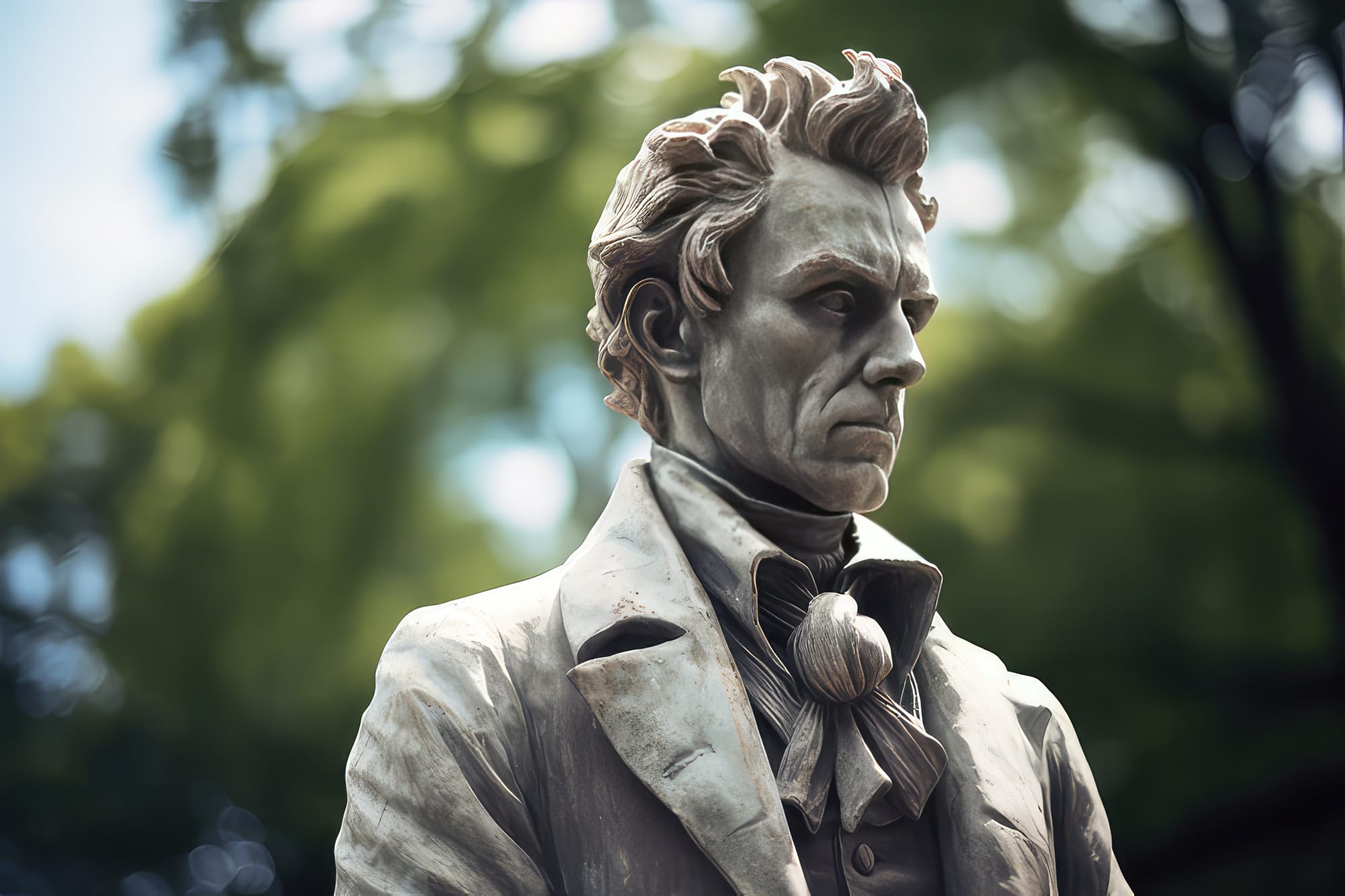
To this sort of anxiety, the Greek philosophers offer a prescription, what they came to call ‘arete’ (virtues). Many artists in the past have practiced the golden virtues, especially courage. Artists create “in spite of” the ontic threat. Picasso famously said, “The purpose of life is to give it away.”
Unfortunately, what we find mostly in the works of today’s artists who are “martyrs” (in Camus’s sense, nostalgic) is a retreat to consumption when faced with the ontic threat. Especially consumption of the “distractive kind.” This distraction relieves the artist from experiencing acute anxiety. It is an escape that communicates that nothing we do matters.
On the contrary, modern technological inventions such as AI will largely give us more time. More time to create, and more inspiration to work with. How we use that time is what will ultimately matter. The gift of time is a mystery that one cannot solve with technological advances such as AI. To state it with precision, we live in a freer time to create than ever before.
Historically, artists and creatives have often been considered dangerous. They show the truth of humankind and human society. Their works of art reveal the truth, uncover hoaxes, and question artificial society. They constantly expose the vice of superficiality. Art is imbued with a liberating power, and the advances in AI can never defang art’s liberating power.
More than ever, artists today have the power to imagine new possibilities, create breakthroughs, invent, and innovate. This power to create dangerously has not been lost. In fact, AI can be a helpful tool to understand where these breakthroughs are most needed.
As Thoreau said, “As long as a man is faithful to himself, everything is in his favor, government, society, the very sun, moon, and stars.” I would add, “And even AI.”




